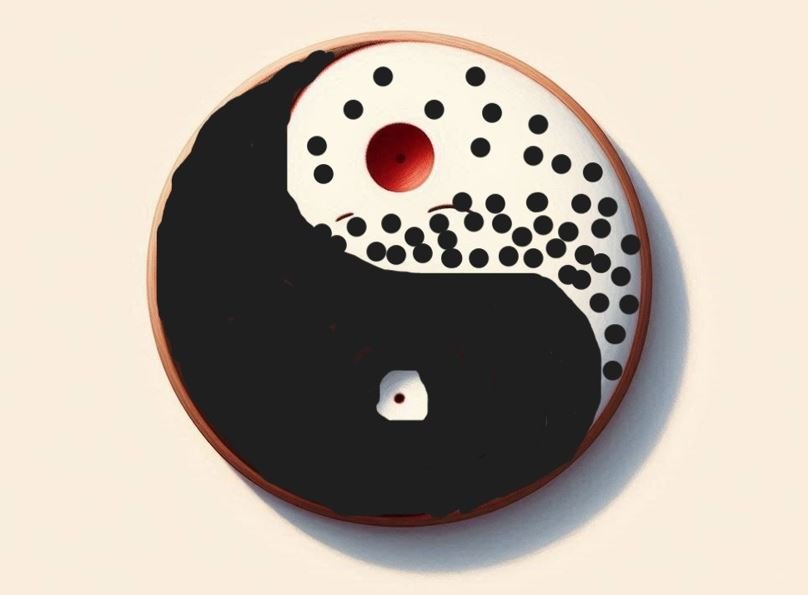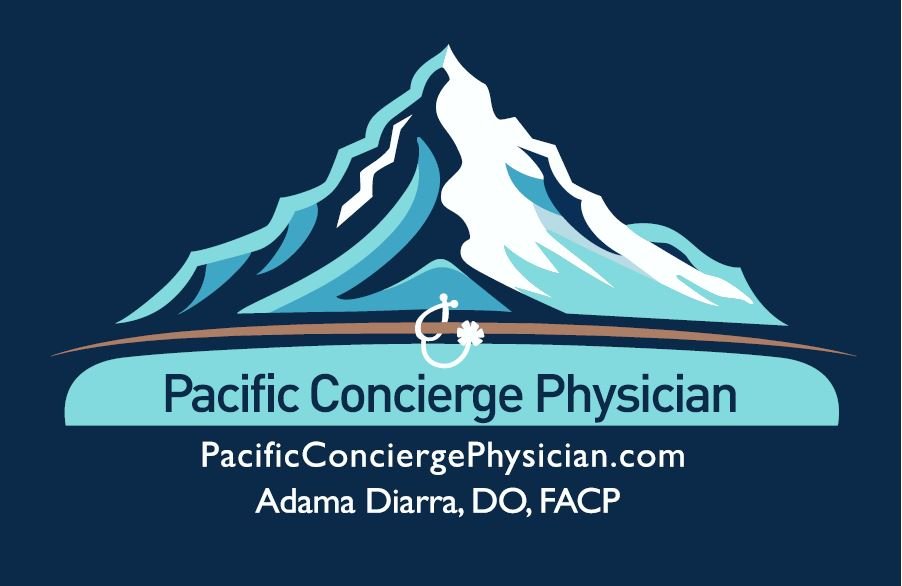Understanding Anxiety: Causes, Complications, and Treatments
What is Generalized Anxiety Disorder (GAD)?
Generalized Anxiety Disorder (GAD) is a mental health condition marked by persistent, excessive, and uncontrollable worry about various aspects of life, such as work, health, or personal relationships. It often begins subtly, with the early signs going unnoticed, much like a room gradually dimming while your eyes strain to adjust without your conscious awareness. Unlike occasional anxiety, which is a normal part of life, GAD involves anxiety that is present most days for at least six months, often accompanied by physical symptoms such as muscle tension, fatigue, and difficulty sleeping. These symptoms can significantly impair daily functioning and overall quality of life.
Anxiety Without a Clear Trigger
Generalized Anxiety Disorder (GAD) can be particularly challenging because the anxiety often lacks a clear trigger or is disproportionate to the situation at hand. Individuals with GAD may feel constantly on edge, struggle to relax even when reassured by loved ones, and find it difficult to focus. Unlike the more obvious symptoms of anxiety, such as panic attacks or acute fear, GAD can manifest more subtly as restlessness, irritability, or chronic muscle tension.
A helpful way to conceptualize this is by picturing the yin and yang symbol, which traditionally represents balance. In GAD, however, this balance is disrupted, with the emotional centers of the brain (such as the mesolimbic system) becoming overactivated. This imbalance leaves the rational, calming aspects of the brain less effective. The result is an overabundance of anxiety, as the primitive emotional brain dominates, leading to persistent worry and tension.
Figure 1: Visual representation of anxiety taking over. The more balanced dualistic view of the yin and yang is lost to the stronger pull of overactive primitive brain centers.
Generalized Anxiety Disorder can result from a combination of genetic, biological, environmental, and psychological factors:
Biological Factors: An imbalance of neurotransmitters such as serotonin, norepinephrine, and gamma-aminobutyric acid (GABA) can contribute to anxiety. Genetics also play a role, with those having a family history of anxiety disorders being more susceptible.
Psychological and Environmental Factors: Stressful life events, trauma, or chronic stress can act as triggers for Generalized Anxiety Disorder (GAD). Childhood experiences, such as growing up in an overprotective or anxious environment, may also increase the risk of developing GAD later in life. As the saying goes, "You can take the grown-up out of their childhood, but you can’t take the childhood out of the grown-up." However, there is hope—effective treatments can help individuals overcome these early influences, as we’ll discuss in the treatment section.
Chronic Medical Conditions: Conditions such as heart disease, diabetes, and thyroid disorders are closely linked to higher rates of anxiety disorders. Certain neurodegenerative diseases, such as Parkinson's or Alzheimer's, can also increase the likelihood of developing anxiety under specific circumstances.
Additionally, substance use or withdrawal—whether from recreational, illicit, or prescribed medications—can worsen anxiety symptoms, making management even more challenging.
Potential Health Complications of Untreated GAD
Untreated GAD can negatively impact both mental and physical health:
Cardiovascular Issues: Anxiety has been shown to increase the risk of heart disease and hypertension. Research published in the Journal of the American Medical Association (JAMA) indicates that chronic anxiety is associated with higher cardiovascular risk.
Sleep Disorders: GAD often disrupts sleep, leading to insomnia or poor-quality sleep, which can further exacerbate anxiety and fatigue.
Digestive Problems: There is a connection between anxiety and gastrointestinal issues, such as irritable bowel syndrome (IBS). The gut-brain axis plays a role in this relationship, where anxiety can worsen digestive symptoms and vice versa.
Substance Use: People with GAD may use alcohol or drugs as coping mechanisms, which can lead to dependence and additional health complications.
Treating Generalized Anxiety Disorder
Early Detection and Monitoring
Early recognition and treatment of GAD can help reduce its impact. Screening tools such as the Generalized Anxiety Disorder 7-item scale (GAD-7) can help healthcare providers identify anxiety symptoms early. Patients with a family history of anxiety or those with chronic health conditions should consider regular check-ups.
Lifestyle-Based Management
Lifestyle interventions can be powerful tools in managing GAD, often used in combination with other treatments:
Exercise: Physical activity has been shown to reduce anxiety by releasing endorphins and lowering cortisol levels. According to the American Journal of Psychiatry, regular exercise significantly alleviates symptoms of anxiety.
Diet: Eating a balanced diet rich in omega-3 fatty acids, magnesium, and B vitamins can help support brain health. Avoiding caffeine and alcohol can also be beneficial, as these substances can worsen anxiety.
Sleep Hygiene: Establishing good sleep habits, such as maintaining a consistent sleep schedule, limiting screen time before bed, and practicing relaxation techniques, can improve anxiety symptoms.
Mindfulness and Meditation: Techniques like mindfulness-based stress reduction (MBSR), meditation, and yoga can help individuals manage stress and reduce anxiety symptoms. Studies published in Psychiatry Research show that mindfulness-based therapies can effectively reduce anxiety levels.
Building a Support System: Having a strong support network of friends, family, or even a support group can play a critical role in increasing resilience against anxiety. Research suggests that those who maintain close personal connections tend to experience reduced anxiety levels, as social support provides emotional comfort, advice, and a sense of belonging, all of which can buffer the impact of stress.
Medication for GAD
When lifestyle interventions are not enough, medication may be necessary. Here are common classes of medications used for GAD, along with specific examples, how they work, and their pros and cons:
Selective Serotonin Reuptake Inhibitors (SSRIs)
Examples: Sertraline (Zoloft), Paroxetine (Paxil), Escitalopram (Lexapro)
How They Work: SSRIs increase serotonin levels in the brain, which can improve mood and reduce anxiety.
Pros: Generally well-tolerated and effective for long-term management.
Cons: Side effects may include sexual dysfunction, nausea, or insomnia. It may take 4-6 weeks to see significant improvements.
Serotonin-Norepinephrine Reuptake Inhibitors (SNRIs)
Examples: Venlafaxine (Effexor), Duloxetine (Cymbalta)
How They Work: SNRIs increase both serotonin and norepinephrine, helping to improve mood and anxiety.
Pros: Useful for individuals with comorbid chronic pain or fibromyalgia.
Cons: May cause increased blood pressure and sleep disturbances.
Benzodiazepines
Examples: Alprazolam (Xanax), Lorazepam (Ativan), Diazepam (Valium)
How They Work: Benzodiazepines enhance the effects of GABA, a calming neurotransmitter in the brain.
Pros: Effective for acute anxiety relief; works quickly.
Cons: Risk of dependence and withdrawal symptoms; not recommended for long-term use.
Buspirone (Buspar)
How It Works: A non-benzodiazepine medication that affects serotonin and dopamine receptors to reduce anxiety.
Pros: Low risk of dependence; fewer side effects compared to benzodiazepines.
Cons: May take 2-4 weeks to become effective; less potent for severe anxiety.
Beta-Blockers
Examples: Propranolol (Inderal), Atenolol (Tenormin)
How They Work: Beta-blockers reduce the physical symptoms of anxiety, such as rapid heartbeat or tremors, by blocking adrenaline.
Pros: Useful for situational anxiety (e.g., public speaking).
Cons: Does not address emotional or cognitive symptoms of anxiety.
Combined Treatment Approach: Addressing GAD from Multiple Angles
Just like treating depression, the management of GAD often requires a combination of medication, lifestyle changes, and therapy. It is important to recognize that managing GAD is not a quick fix but a long-term process that may involve adjusting treatment plans over time. Patients should work closely with their healthcare providers to create a personalized plan based on their symptoms, history, and health status.
References:
Van Der Kolk, B. (2015). The Body Keeps the Score: Brain, Mind, and Body in the Healing of Trauma. Penguin Books.
American Psychiatric Association. "Practice Guidelines for the Treatment of Patients with Anxiety Disorders."
Mayo Clinic. "Generalized Anxiety Disorder (GAD)."
Journal of the American Medical Association (JAMA). "The Link Between Anxiety and Cardiovascular Disease."
Psychiatry Research. "Effectiveness of Mindfulness-Based Therapy for Anxiety Management."




